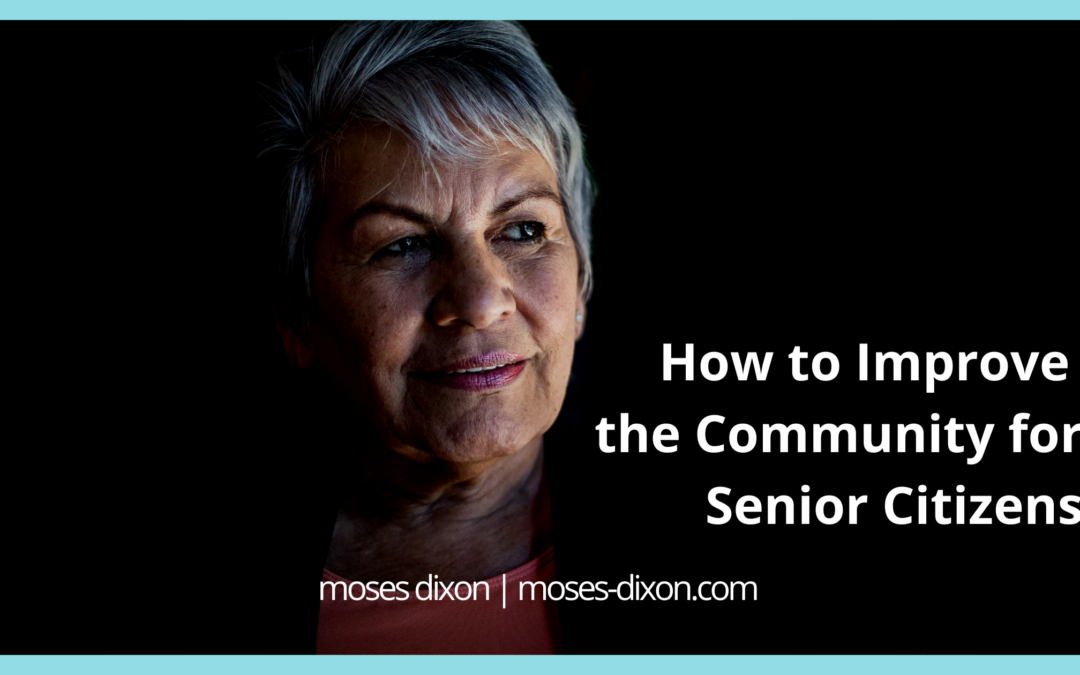It’s important for a welcoming community to be exactly that – a community that is welcoming to others. A community should be ready and willing to accommodate all of its citizens, regardless of age.
According to a recent study, the population of citizens over the age of 65 will have doubled. This is great because it means people are living longer. However, it is also a signal that communities need to work harder to be more welcoming to those age brackets.
Listen and Learn
When talking to anybody that has different experiences, it’s important to take the time to listen. This is especially true when talking to older generations, as they have lessons that can and should be passed down.
A simple way to make a community a more welcoming place is to take the time to listen. Learn about those generations’ passions and trends, including them in local buildings, events, and initiatives.
Teach New Skills
Remember that phrase “can’t teach an old dog new tricks?” Well, that is a harsh and inaccurate phrase. It is mentally healthy to be challenged with new ideas, lessons, and skills. Having community outreach programs specifically designed to help keep people up to date in new technology and more would benefit everyone, especially the elderly.
These programs and services have been getting more common in recent years. However, they need more attention and funding to reach the point that communities will eventually require.
Public Transportation
Not all seniors are capable of driving themselves around anymore, so having public or senior transportation is essential. Without it, they cannot be independent or social. Think about it – the inability to even go grocery shopping without help. It would be frustrating, wouldn’t it? Yet a simple change would help anybody that needs it, helping the entire community.
Encourage Communication
If you want to make sure that the older population in your community is heard, then push for the elected leadership to listen. In some instances, that may involve getting that population to town meetings. In others, it may be done by encouraging leaders to join the AARP Network of Age-Friendly Communities.
